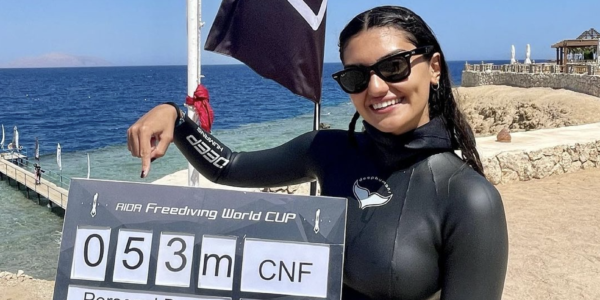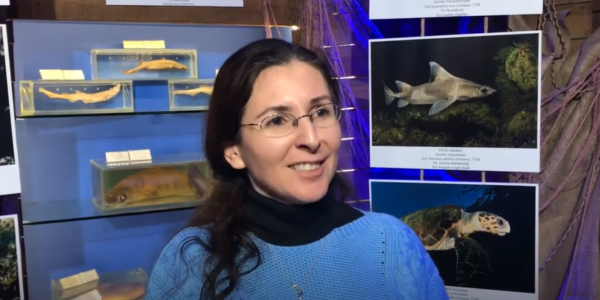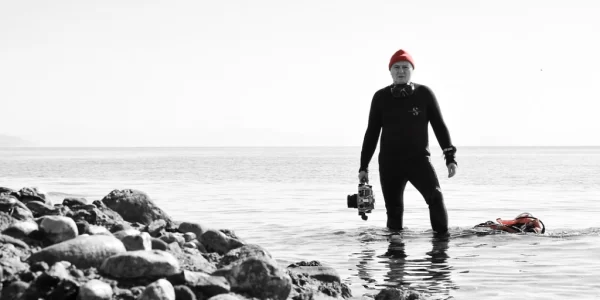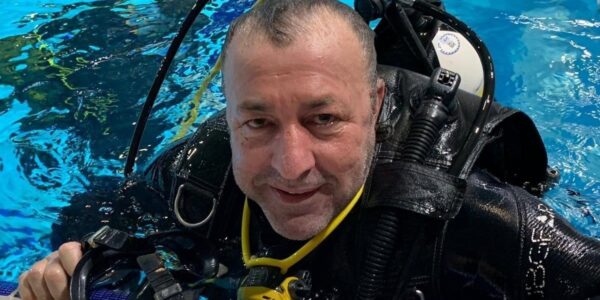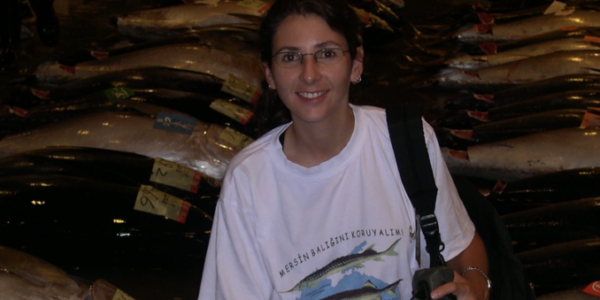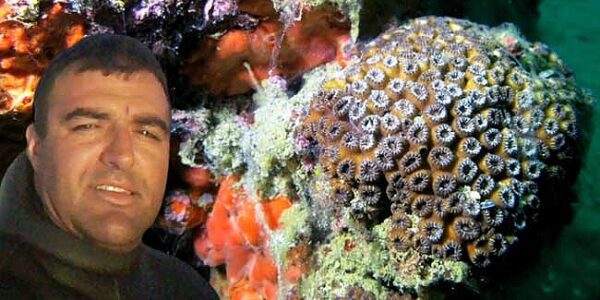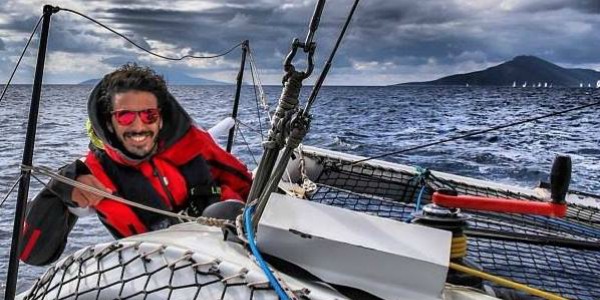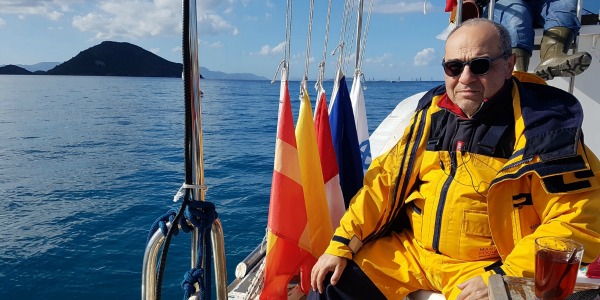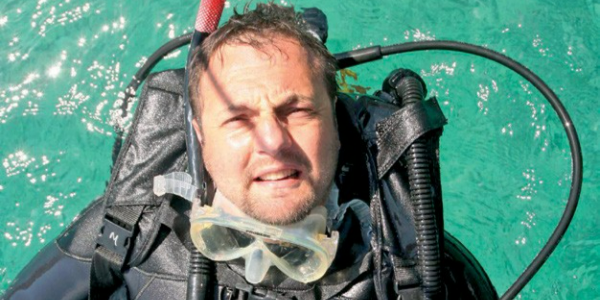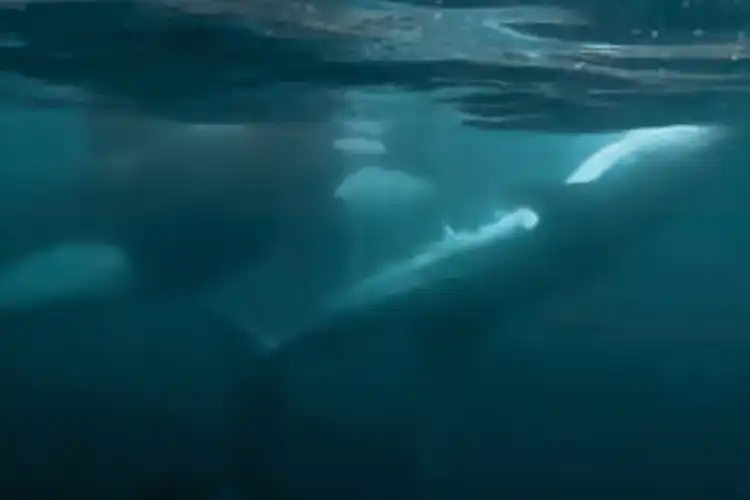
By Mark ‘Crowley’ Russell
A new study analysing the behaviour of orcas (aka killer whales, Orcinus orca) in the Gulf of California suggests that a pod of the marine mammals has developed specialised techniques for hunting the world’s largest fish – whale sharks.
Some groups of orcas – the largest member of the dolphin family – are known to target sharks as prey, although usually smaller species. Two orcas in South African waters have made headlines in recent years for preying on great white sharks, but there have been no reported instances of orcas targeting whale sharks
Between 2018 and 2024 in the southern Gulf of California, however, a small pod of orcas was observed using a collaborative method of hunting and killing whale sharks in four separate events.
In each case, the orcas appeared to deliberately target the pelvic areas of the sharks, causing the shark to bleed to death and provide access to the its lipid-rich liver – a very similar behaviour to the orcas attacking great whites in South Africa.
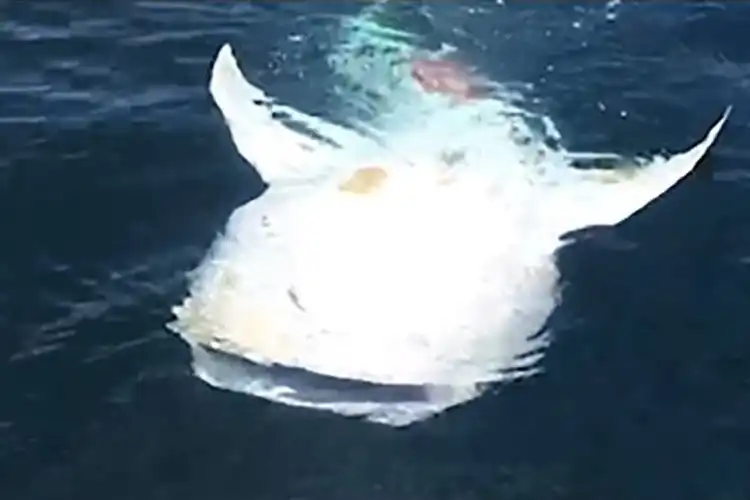
Leading the group of whale shark hunters is a large male named ‘Moctezuma’, who was involved in three of the four recorded incidents.
Although Moctezuma was not present in the fourth whale shark hunt, the females that carried out the killing had been previously sighted with him, indicating the presence of a specialist shark-hunting pod.
The first event, recorded by tourists on 13 May 2018, showed an adult male orca estimated to be 8m in length – later identified as Moctezuma – approaching a juvenile whale shark around 5m in length that was still alive, but floating upside down at the surface.
The shark was clearly injured and struggling as Moctezuma continued to ram its underside before a ‘large slick of blood’ appeared at the surface. The orca eventually left and the whale shark sank out of sight.
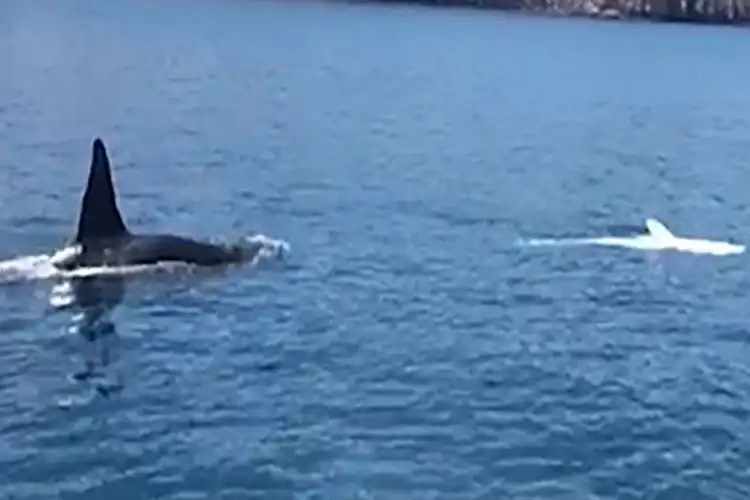
Similar whale shark predation behaviours in which Monteczuma was involved were observed in June 2021 and April 2023, but in May 2024 four females and one juvenile orca were filmed hunting and killing a whale shark without the presence of the larger male.
In all four cases, the whale sharks were juveniles estimated to be between 5-6m in total length, and the orcas targeted the ventral (bottom) side of the shark towards the pelvic region.
Whale sharks, which average around 12-13m in length as adults – but have been recorded at over 18m – present a formidable target even for the powerful orcas.
Their aorta – the main vessel supplying blood from the heart throughout the body – is protected by a thick mass of muscle on the shark’s dorsal (upper) side, but is protected only by the shark’s hide on the ventral surface of its pelvic region – where it also passes through the shark’s liver.
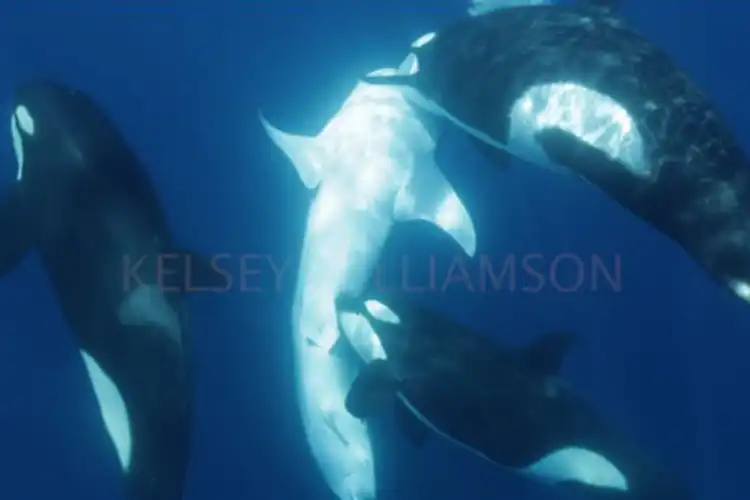
The scientists believe that Moctezuma and his pod deliberately target juvenile whale sharks for a much easier kill – but with a body length comparable to that of the orcas themselves, a prey target rich in benefits.
What do orcas usually eat?
Orcas are found throughout the world’s oceans and are separated into different ‘types’, which differ in size, range, hunting and feeding behaviour.
‘Resident’ killer whales of the Pacific Ocean, for example, tend to live in large groups and hunt fish, whereas ‘North Atlantic Type 1’ orcas are smaller and will feed on both fish and mammals such as seals.
Orca types of the Pacific Ocean include smaller ‘offshore’ orcas and ‘transients’, which are larger and prey on marine mammals, as well as the Resident population.
A fourth ‘Eastern Tropical Pacific‘ (ETP) type has been proposed, which displays a more generalised diet including whales, dolphins, turtles and bony fish – but not sharks.
The Gulf of California’s (GoC) orcas to which Moctezuma’s pod belongs, however, have been observed preying on several different species of elasmobranch, including Munk’s pygmy devil rays and other species of mobula; bull sharks and blacktip sharks.
Studying orca behaviour is so difficult that it is impossible to determine whether or not Moctezuma’s pod has simply specialised in preying on elasmobranchs; whether it is a member of the more generalist ETP population which must now be redefined as a group that regularly consumes elasmobranchs; or whether it represents an entirely new ecotype of Pacific orca.
The researchers say that additional studies are required.
The complete study, ‘Killer whales (Orcinus orca) hunt, kill and consume the largest fish on Earth, the whale shark (Rhincodon typus)’, by F Pancaldi, KA Ayres, AJ Gallagher, J Moskito, KC Williamson, and JE Higuera Rivas is published under an Open Access license in Frontiers in Marine Science, 11, 1448254.
The post The orcas hunting whale sharks in the Gulf of California appeared first on DIVE Magazine.
